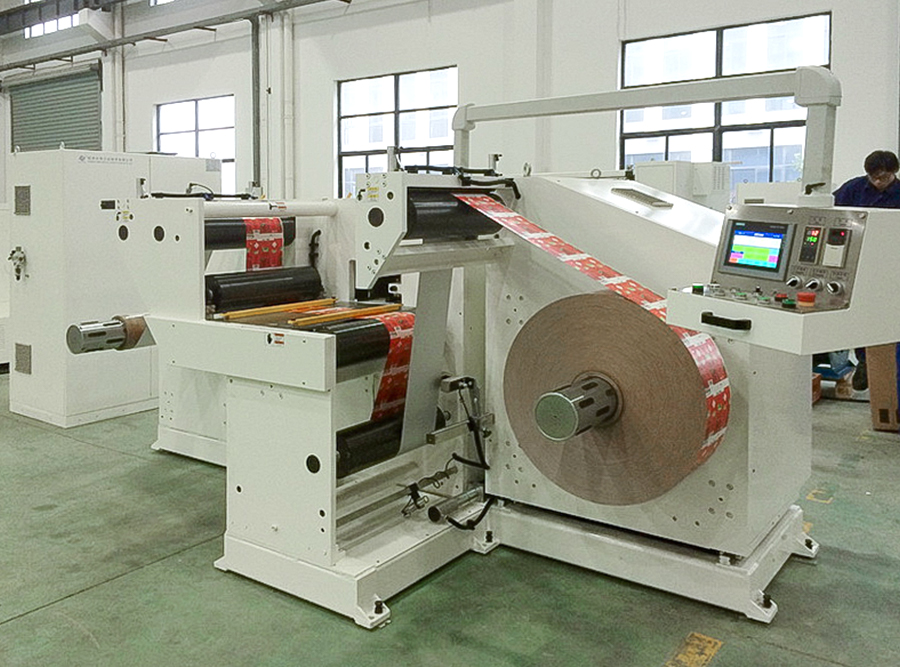
Paper slitters have seen significant evolution over the years, particularly in their ability to handle a variety of materials and thicknesses. Here's an overview of how they have advanced in this regard:
Diverse Material Compatibility: Early slitters were primarily designed for paper, but modern machines are capable of handling a broader range of materials, including cardboard, film, foil, and even some fabric materials. This versatility is essential for meeting the demands of diverse industries.
Adjustable Knife Systems: The development of adjustable knife systems allows for quick and precise changes in blade settings to accommodate different material thicknesses and types. This includes the use of different blade types such as circular, razor, or shear blades, each suited to specific materials.
Improved Tension Control: Advanced tension control systems have been implemented to manage the material's tension during the slitting process. This ensures that the material remains stable and reduces the risk of damage or misalignment, regardless of the material's thickness or elasticity.
Enhanced Automation: Automation has greatly improved, allowing for automatic adjustments to the slitting process based on the material's characteristics. This includes automatic knife positioning, roll changing, and even automatic adjustments to the slitting gap.
Digital Controls and Interfaces: Modern slitters often feature sophisticated digital controls and user interfaces that allow operators to easily input and adjust settings for different materials and thicknesses. This can include touchscreens and programmable logic controllers (PLCs) for precise control.
Increased Precision: Technological advancements have led to greater precision in the slitting process, ensuring clean, accurate cuts for a wide range of material thicknesses. This is crucial for maintaining product quality and reducing waste.
Servo Motor Technology: The adoption of servo motor technology has improved the control and responsiveness of slitters, allowing for more accurate and consistent slitting of various materials.
Material Handling Systems: Improvements in roll handling systems, such as automated roll loaders and unloaders, have made it easier to manage rolls of varying sizes and weights, accommodating a wider range of material thicknesses.
Safety Enhancements: As slitters have become more capable of handling different materials, safety features have also been enhanced to protect operators from potential hazards, especially when dealing with more robust or hazardous materials.

Environmental Controls: Some modern slitters include features to control the environment around the slitting process, such as dust extraction systems, which are particularly important when slitting materials that produce a lot of dust or debris.
Integration with Other Machinery: Paper slitters are now often designed to be compatible with other machinery in a production line, allowing for seamless integration and the ability to handle materials from various stages of production.
Customization and Scalability: Manufacturers now offer a range of slitters that can be customized or scaled to meet the specific needs of different industries and applications, including the ability to handle different material thicknesses and types.
The evolution of paper slitters has been driven by the need for greater flexibility, precision, and automation in the processing of various materials. These advancements have made slitters more efficient and capable, catering to a wider range of industrial applications.